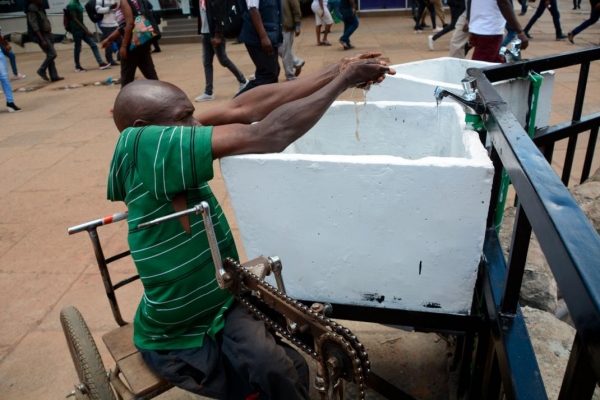Catalina Devandas Aguilar, the United Nations (UN) Special Rapporteur on the rights of the persons with disabilities, stated that “people with disabilities feel they have been left behind” in the response against the global coronavirus epidemic. Special needs of people with disabilities can imply higher risks of contracting the virus due to the impossibility of implementing social isolation for those in need of assistance or to the difficulties they may encounter in implementing hygiene measures. Similarly, people with disabilities are at a particularly high risk of being negatively affected by the disruption of services caused by COVID-19 worldwide.
Ms Devandas urged to take action in providing guidance and support to this community. Accessible information and specifically tailored communication are pivotal for addressing the issue, according to Human Rights Watch (HRW) and the International Disability Alliance (IDA). Moreover, it is essential to rapidly provide training to service providers on how to handle the emergency in their specific settings. The dire consequences that the virus can have on disabled people were already brought to light in January by the story of a Chinese disabled teenager’s death who was left without carer after his father was quarantined far from home. Ms Devandas suggested that containment measures should be tailored to specific contexts in order to avoid leaving people with disabilities “totally unprotected”.
The IDA calls for a disability-inclusive response to the health crisis, with specifically tailored responses to different contexts and cases. The World Health Organisation (WHO) lists a number of guidelines to be followed by people with disabilities and their households, governments, healthcare workers, disability service providers, institutions and the community as a whole. Similarly to the IDA, the WHO recommends governments to take actions in support of persons with disabilities by creating an emergency response that would protect those who are at higher risk, with measures ranging from financial aid, effective communication and provision of protective equipment for disability service providers.
To know more, please read:
http://www.internationaldisabilityalliance.org/content/covid-19-and-disability-movement
https://www.hrw.org/news/2020/03/26/protect-rights-people-disabilities-during-covid-19
https://www.who.int/who-documents-detail/disability-considerations-during-the-covid-19-outbreak
Author: Annette Savoca






